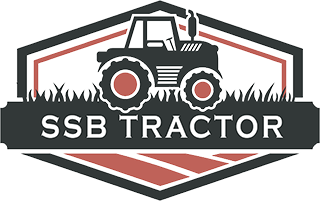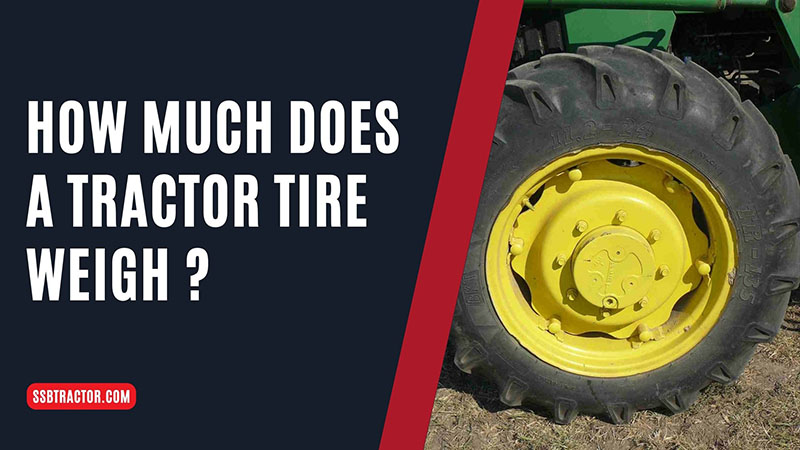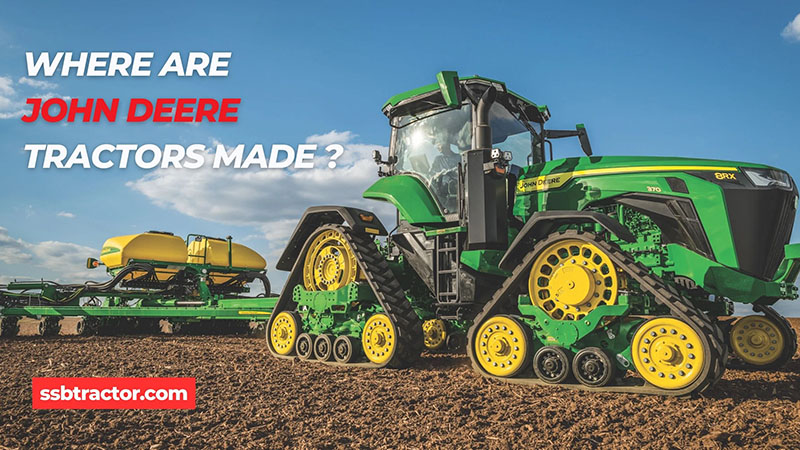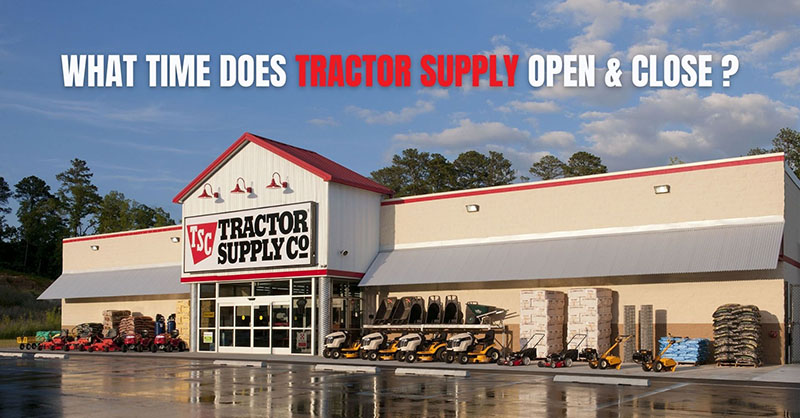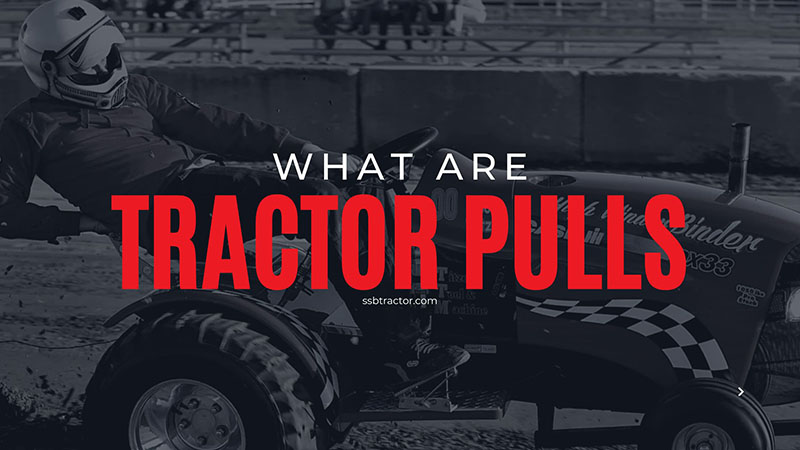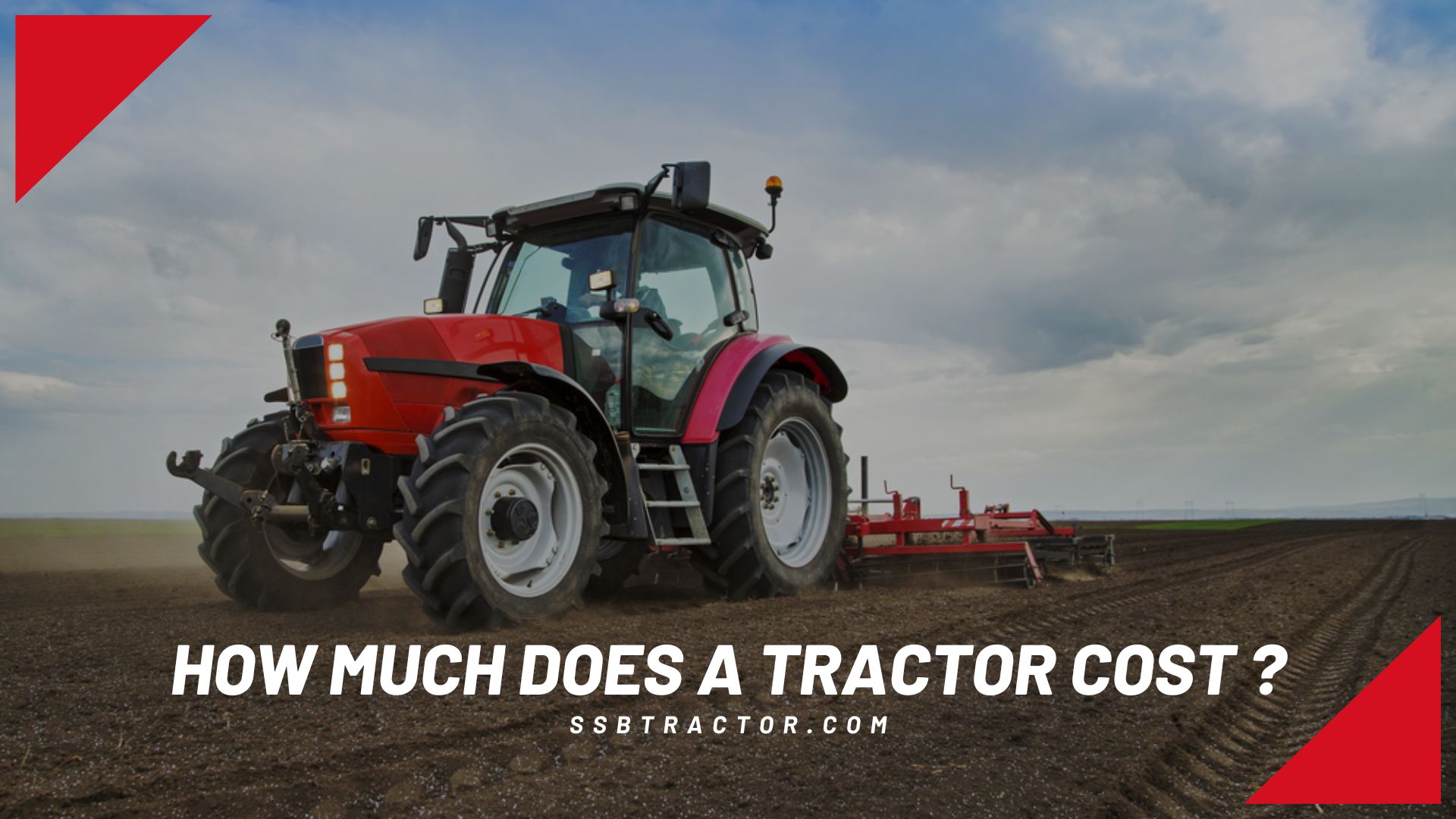A tractor may weigh up to 19,000 pounds, and its tires make up only a few percent of the total. However, you can expect this part to be heavier than the typical tires since it has to go hand in hand with a large body.
So how much does a tractor tire weigh without a rim? It is not straightforward to answer due to the influence of many factors. Luckily, we have listed all below.
In this article:
How Much Is Tractor Tire Weight?
The average weight of a tractor tire ranges between 400 to 600 pounds, with the heaviest being nearly 1,000 pounds. Thus, a tractor with 4 wheels has a total tire weight of up to 2,400 pounds. It varies with tire size, type, maximum load capacity, or construction.
Below is a breakdown of some popular models.
| Brand | Size Option | Tire Weight (lbs) |
| Case IH | 480/70R28 | 229 |
| 650/65R38 | 496 | |
| 710/70R42 | 741 | |
| Deutz Fahr | 280/85 R20 | 78 |
| 360/70 R20 | 101 | |
| 710/60R42 | 588 | |
| 900/60R42 | 893 | |
| FENDT | 540/65R38 | 331 |
| 710/70R42 | 686 | |
| 750/75R46 | 860 | |
| 750/75R46 | 915 | |
| John Deere | 260/70R16 | 53 |
| 520/85R42 R1W | 412 | |
| 710/70R38 | 580 |
Factors That Influence Tire Weight
Size
The size of tractor tire is divided into four main categories:
Compact or small
Each of these tires measures 17.5×25 ft and weighs approximately 300 pounds. Though it is the lightest option for tractors, it is still far superior to those designed for conventional vehicles. For example, a normal car tire is only about 25 pounds, and even a heavy-duty truck tire is only up to 200 pounds.
Mid-size or medium
The standard dimensions of these parts are 20.5 by 25 feet – not too much differ from the first category. As a result, the weight does not increase significantly compared to compact items. In detail, medium tires weigh 400 pounds or a little more.
Large
Big tractor tires feature a physical size larger than the two above – 23.5×25 ft. However, the actual weight varies based on the exact model.
Case in point, you can find a few items measuring between 400 and 800 pounds. Some manufacturers adjusted the pattern or removed some metal parts to reduce the weight to 550 to 650 pounds.
Extra large
As the name suggests, these tires are extremely heavy, with an estimated weight of 1,000 pounds or thereabouts. Unsurprisingly, the large dimension of 26.5×25 feet contributes greatly to the average weight. When you install four extra-large tires in your farm machine, you add roughly 4,000 pounds to the total weight.
Type Of Tire
Bias-ply and radial tires have different arrangements of fabric cords relative to the tire centerline. In comparison, the former has the cords located at a definite angle, while the latter is placed radially or at a 90-degree angle.
In fact, the construction design doesn’t impact the weight much because bias tires weigh only 1-2 pounds more than radial ones. However, the build makes a significant difference in performance.
Load Capacity
This term refers to the maximum weight a vehicle can handle without technical issues. If you want to load a lot of stuff, you must look for a tractor with a high load rating. This need translates to a larger set of tires, thus increasing weight.
Others
Many other factors affect the weight of tractor tires, such as tread pattern, inflation pressure, construction material, ply rating, etc. It is the tire manufacturer that determines most of these specifications and therefore specifies the weight of the tire.
How Do Front And Rear Tractor Tire Differ In Weight?
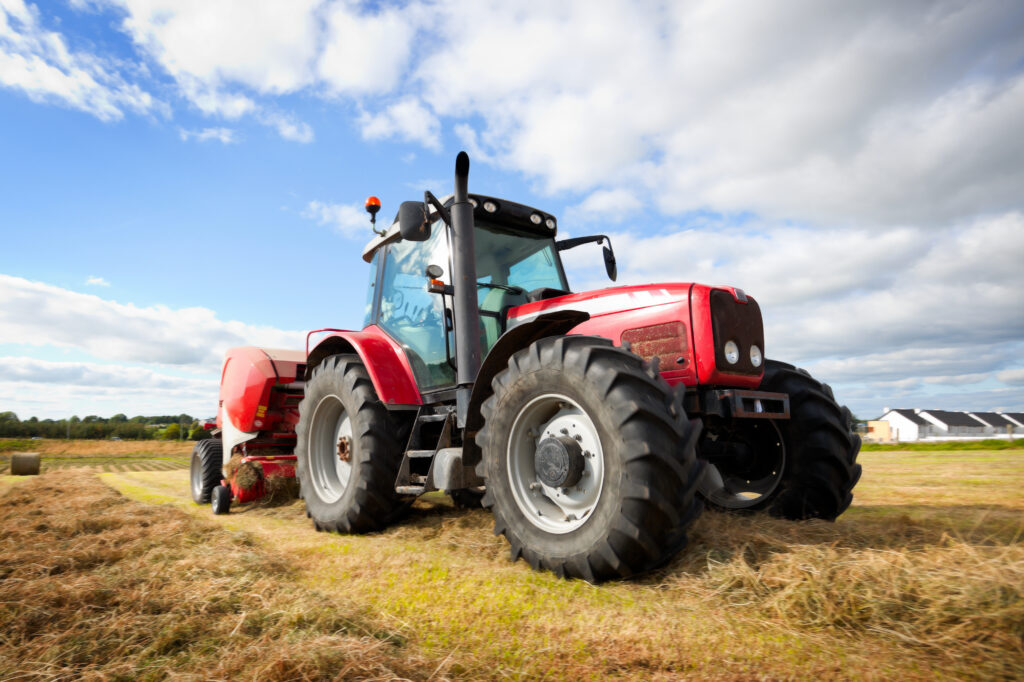
Many of us might know that front and rear tires are not identical. In most cases, front tires are smaller and lighter than rear ones. Why?
First, the tractor’s working mechanism necessitates this design. Simply put, your machine needs a large rear tire to allow the pad to bite into the ground. Hence, the grip of traction increases due to the large contact area.
In contrast, the light front tire is beneficial for flexible maneuvering and turning throughout the field and provides good vision ahead. With the large rear wheel, which elevates the position of the driver’s seat, the operator has better visibility, making farm work efficient and easy.
Last but not least, the tweak in tire design between the front and rear ones results in the drive shaft being higher than the ground. However, it balances with the heavy tractor engine up front. So the tractor can move forward and handle the extra weight with a front wheel always on the ground.
How To Calculate Your Tire Weight?
Obviously, you can’t take the tires off the rim and put them on a scale. They are too heavy to complete the entire process by yourself.
Fortunately, as noted above, you can deduce the tire weight from its size. You also do not struggle to measure the dimensions since this spec is available on the sidewall.
Just look around this area for a sequence of numbers and characters, such as 280/85R20. However, you can find two formats conveying the same meaning.
Metric Tractor Tires
This measurement system is often popular with European manufacturers, with the most obvious indication being an “R” or a dash in the series, for example, 420/85R24. Each number indicates different properties, but you only need to work with the numbers before the letter R for this task.
The first three-digit figure indicates the tire width when inflated to the recommended PSI reading. The next two digits refer to the aspect ratio, the percentage between the sidewall height and width.
Note that these two parameters differ in units of measurement. The former represents in millimeters, while the latter is in percentages.
Radial Tractor Tires
This system starts with an “R,” which has the same meaning – radial construction as in metric tires. You also find other numbers: one before and one after the letter R, such as 18.4R26 or 12.4R20. The number “12.4” here indicates tire width in inches, equivalent to 315 mm.
Standard Tractor Tires
The standard tractor tire size is coded nearly similarly to the radial type. The difference is we replace the letter “R” with an “x.” For instance, 23.5×25 or 17.5×25 instead of 23.5R25 or 17.5R25.
But manufacturers do not agree on the use of these terms. As a result, products on the market appear with different measurements. If you feel confused, refer to our conversion table below.
| Metric | Radial | Standard |
| 320/85R20 | 12.4R20 | 12.4×20 |
| 250/85R24 | 9.5R24 | 9.5×24 |
| 280/85R24 | 11.2R24 | 11.2×24 |
| 320/85R24 | 12.4R24 | 12.4×24 |
| 340/85R24 | 13.6R24 | 13.6×24 |
| 380/85R24 | 14.9R24 | 14.9×24 |
| 420/85R24 | 16.9R24 | 16.9×24 |
| 420/85R26 | 18.4R26 | 18.4×26 |
| 280/85R28 | 11.2R28 | 11.2×28 |
| 320/85R28 | 12.4R28 | 12.4×28 |
| 340/85R28 | 13.6R28 | 13.6×28 |
| 380/85R28 | 14.9R28 | 14.9×28 |
| 420/85R28 | 16.9R28 | 16.9×28 |
| 280/85R20 | 11.2R30 | 11.2×30 |
| 380/85R30 | 14.9R30 | 14.9×30 |
| 420/85R30 | 16.9R30 | 16.9×30 |
| 460/85R30 | 18.4R30 | 18.4×30 |
| 320/85R32 | 12.4R32 | 12.4×32 |
| 320/85R34 | 12.4R34 | 12.4×34 |
| 380/85R34 | 14.9R34 | 14.9×34 |
| 420/85R34 | 16.9R34 | 16.9×34 |
| 460/85R34 | 18.4R34 | 18.4×34 |
| 520/85R34 | 20.8R34 | 20.8×34 |
| 320/85R36 | 12.4R36 | 12.4×36 |
| 340/85R36 | 13.6R36 | 13.6×36 |
| 340/85R38 | 13.6R38 | 13.6×38 |
| 380/85R38 | 14.9R38 | 14.9×38 |
| 420/85R38 | 16.9R38 | 16.9×38 |
| 460/85R38 | 18.4R38 | 18.4×38 |
| 520/85R38 | 20.8R38 | 20.8×38 |
| 460/85R42 | 18.4R42 | 18.4×42 |
| 460/85R42 | 20.8R42 | 20.8×42 |
| 520/85R46 | 20.8R46 | 20.8×46 |
FAQs
What Kind Of Tires Do Tractors Use?
Most tractors are equipped with agriculture or R-1 tires.
How Much Is A Tractor Tire Used For Flipping?
Fitness experts recommend 100-200 pounds for women and 200-300 pounds for men as a starting level. However, they value thickness overweight. Coach Magazine advises to use tires at least 20 inches thick.
Why Are Tractor Tires So Heavy?
Tractor tires are made of a heavy rubber compound that guarantees stability and durability but adds to the total weight. The massive construction is meant for heavy loads.
Conclusion
Empty tractor tire weight strongly affects performance, fuel efficiency, and many other aspects. For instance, you should add more weight to improve your vehicle’s traction and stability on the farm. Still, you must know the exact specification and the manufacturer’s instructions to maintain optimal safety.
See more:
